Spot Market Trading Rules
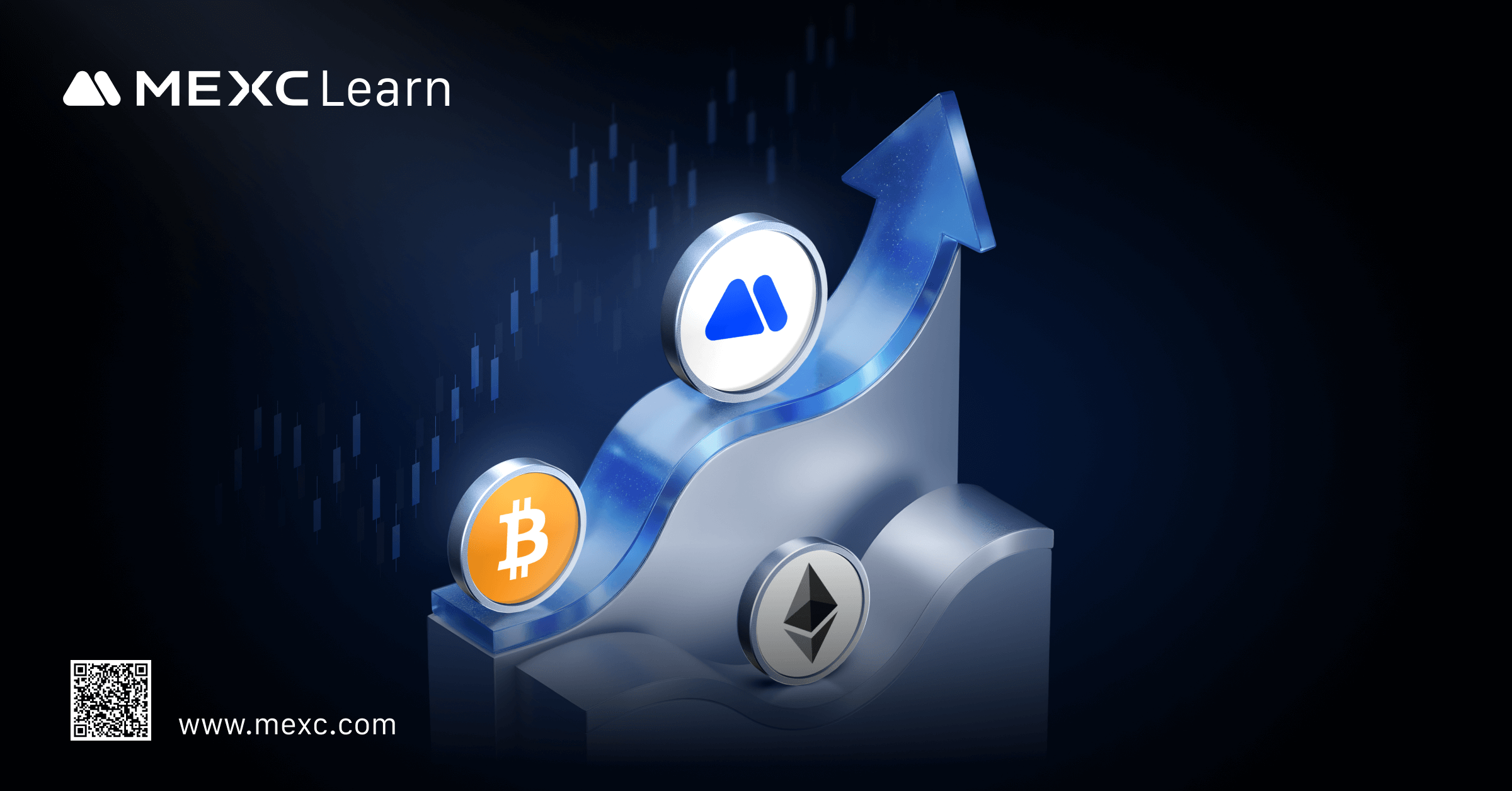
1. What Are Market Trading Rules?
2. Main Types of Trading Markets
- USDT Market: Trading pairs quoted in USDT. For example, BTC/USDT means trading BTC with USDT.
3. What Are Order Conditions? Which Ones Are Essential to Know?
3.1 Minimum Order Amount
3.2 Minimum Amount Change
3.3 Minimum Price Change
3.4 Minimum Total Order Value
- USDT Market: 1 USDT per order
- ETH Market: 0.0001 ETH per order
- BTC Market: 0.000005 BTC per order
- USDC Market: 5 USDC per order
- TUSD Market: 5 TUSD per order
- BUSD Market: 5 BUSD per order
3.5 Maximum Amount per Market Order
3.6 Maximum Limit Order Quantity
3.7 Maximum Conditional Order Quantity
4. Benefits of Understanding Market Trading Rules
5. How to Avoid Order Failures on MEXC
- Check trading pair rules in advance: On the MEXC trading interface or in the Help Center, review the minimum order amount, price change, minimum order value, and other requirements for the selected pair.
- Use official Customer Service and Chat bots: Before trading, confirm rule details with MEXC's online Customer Service or Chat bot, particularly when trading across different markets.
Recommended Reading:
- Why Choose MEXC Futures? Gain deeper insight into the advantages and unique features of MEXC Futures to help you stay ahead in the market.
- MEXC Futures Trading Tutorial (Website) Learn the full process of trading Futures on the web platform in detail, making it easy to get started and navigate Futures trading with confidence.
Popular Articles

What is Solana Mobile (SKR)?A Blockchain-Native Smartphone Platform Bridging Hardware, dApps, and Tokenized Governance
Key Takeaways1)Solana Mobile is a hardware-first Web3 platform, integrating self-custody and blockchain security directly into smartphones.2)Saga and Seeker phones function as on-chain access devices,
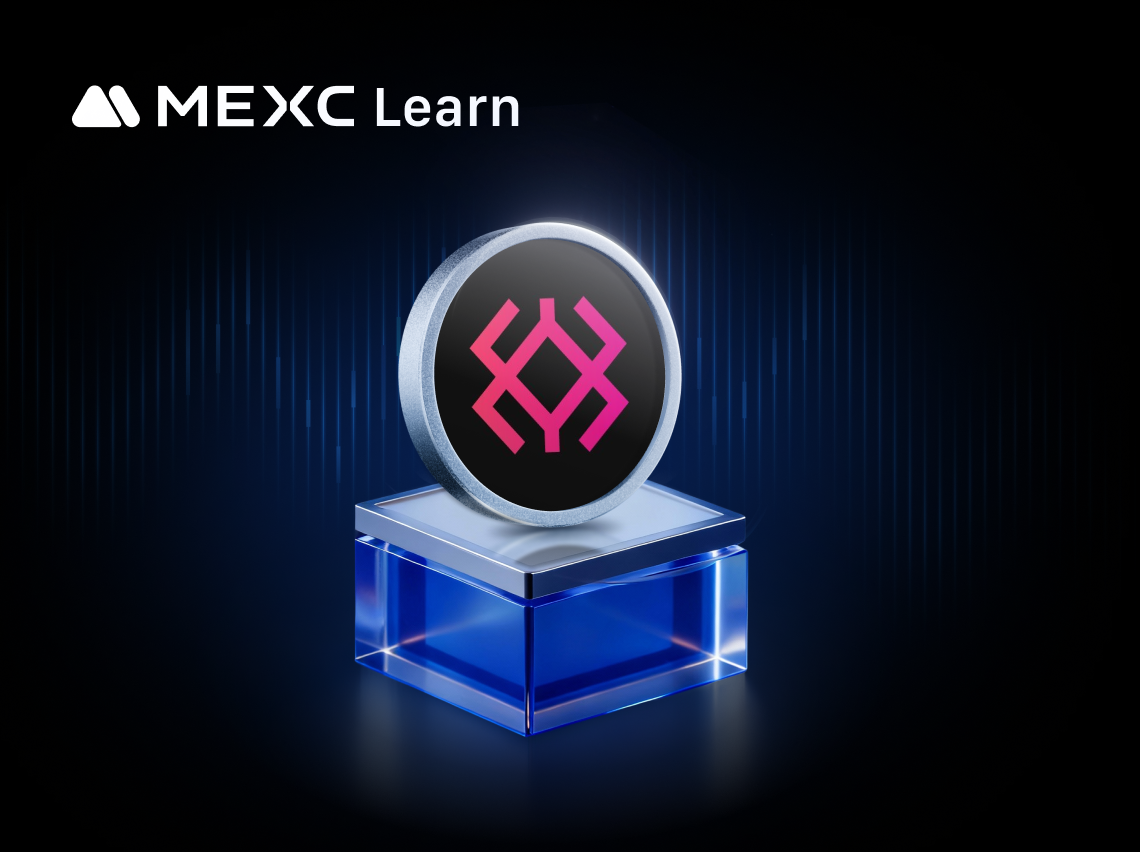
What is Immunefi(IMU)? A Complete Guide to Web3's Leading Security Platform
Key Takeaways1) Immunefi focuses on continuous Web3 security coordination, not one-time audits.2) Bug bounties and audit competitions form the core of its security model.3) Magnus serves as an operati
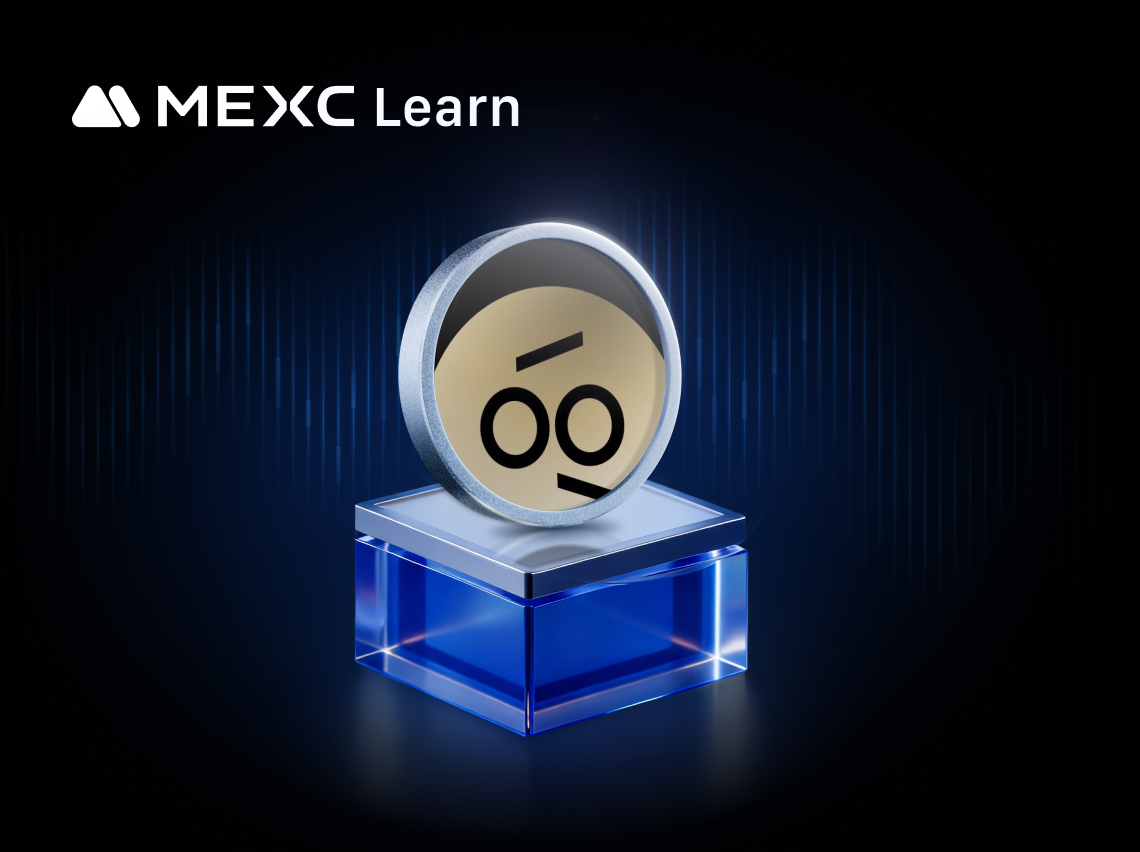
What Is VOOI ($VOOI)? A Non-Custodial Perpetual DEX Aggregator Explained
Key Takeaways1)VOOI is a non-custodial perpetual DEX aggregator that routes trades across multiple DEXs without holding user funds.2)The platform leverages chain abstraction and intent-based execution
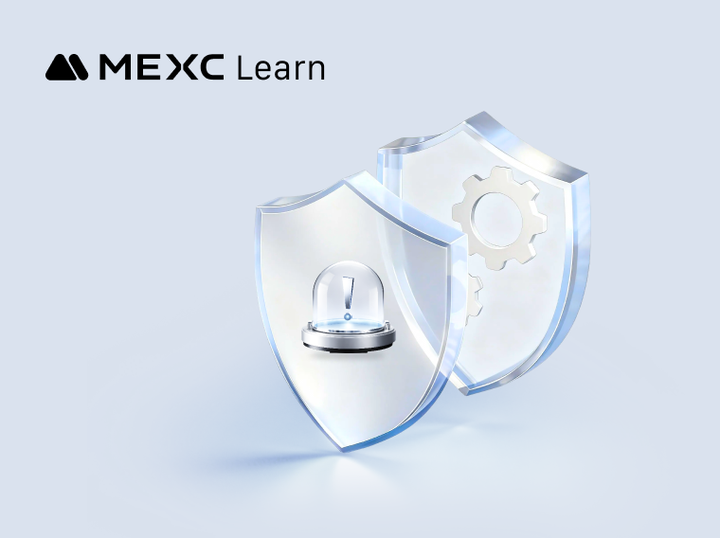
Balancing Security and Accuracy: Dynamic Logic of Risk Control Systems
As crypto markets evolve, so do the tactics used by fraudsters and market manipulators. To keep users safe and preserve market integrity, crypto exchanges must constantly enhance their risk control an
Related Articles

How to Verify My Residential Address on MEXC
Providing proof of address (POA) is part of MEXC's KYC verification process. After registering a MEXC account, you must upload a POA document to complete identity verification and ensure compliance wi
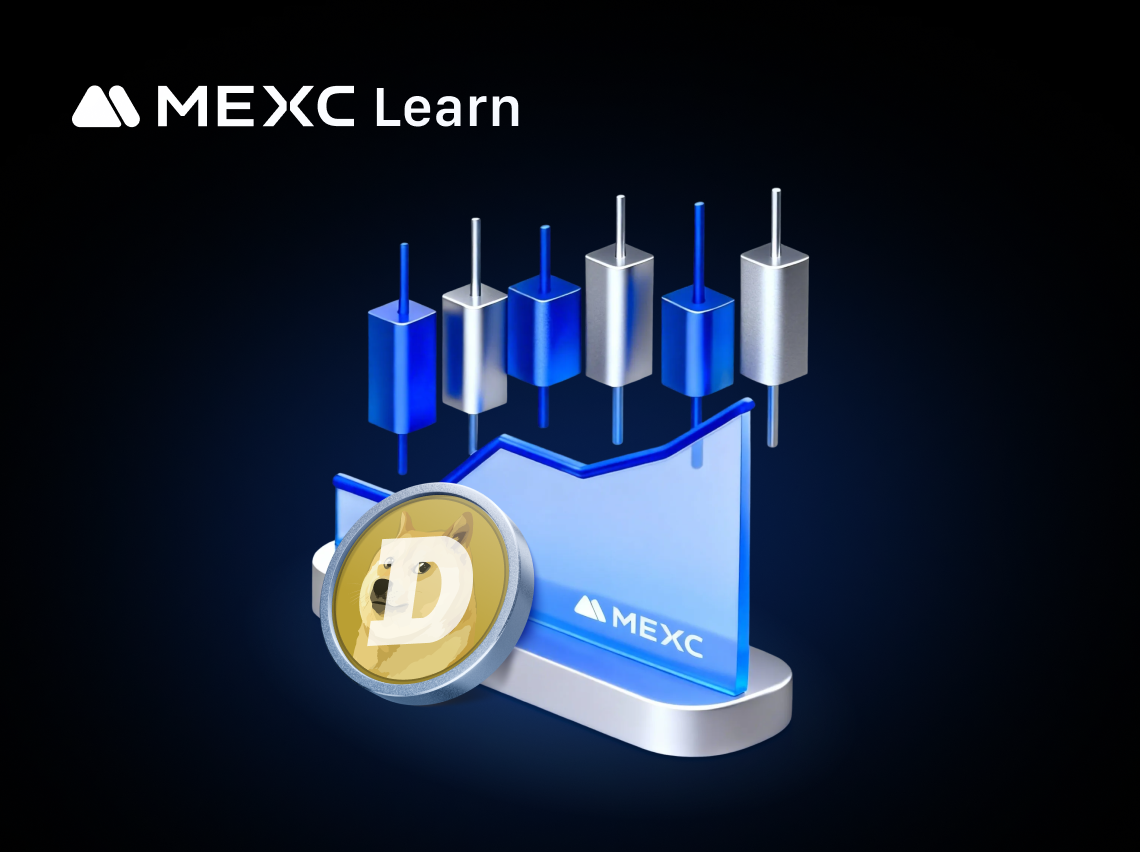
Dogecoin Marketcap Explained: What It Means and How It Shapes DOGE’s Value
Key TakeawaysMarket capitalization (market cap) measures the total dollar value of Dogecoin (DOGE), calculated as current price × circulating supply.As of December 2025, Dogecoin’s market cap stands a
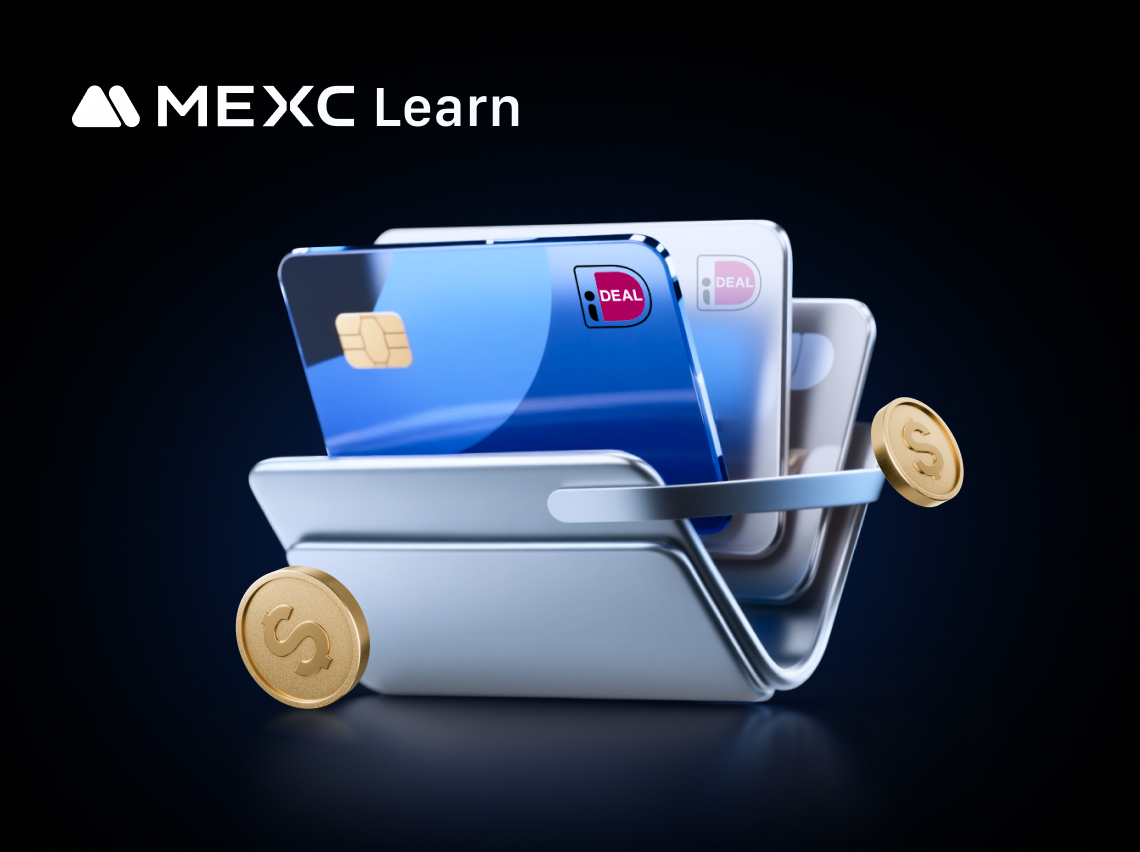
How to Buy Crypto via iDEAL
iDEAL is one of the most widely used and trusted online payment methods in the Netherlands, allowing you to make secure, real-time payments directly through your bank. With iDEAL on MEXC, you can purc

What Are Prediction Futures?
Cryptocurrency futures trading attracts countless investors with its high leverage and the ability to profit in both rising and falling markets. However, its complex mechanisms such as margin, leverag
